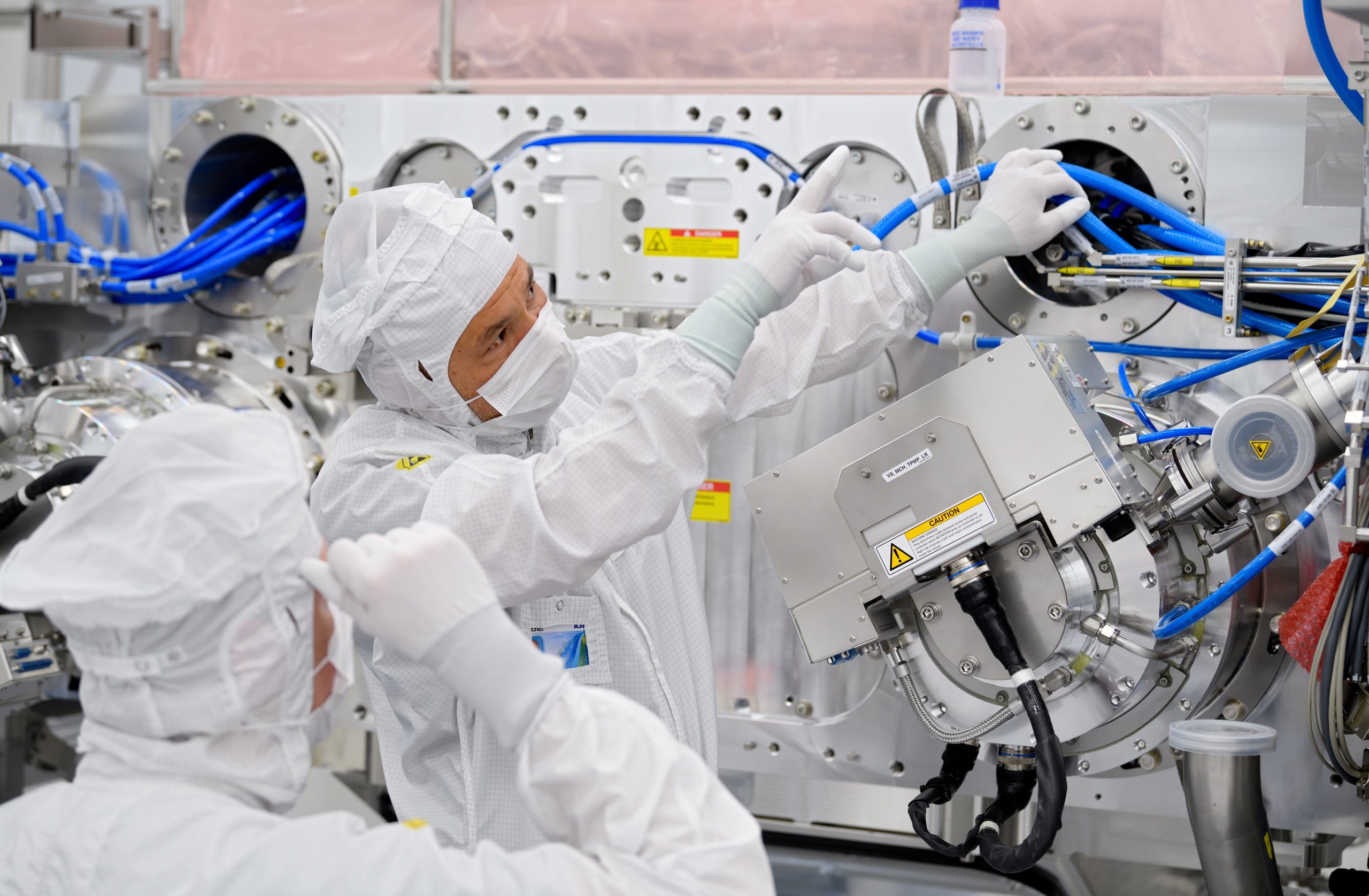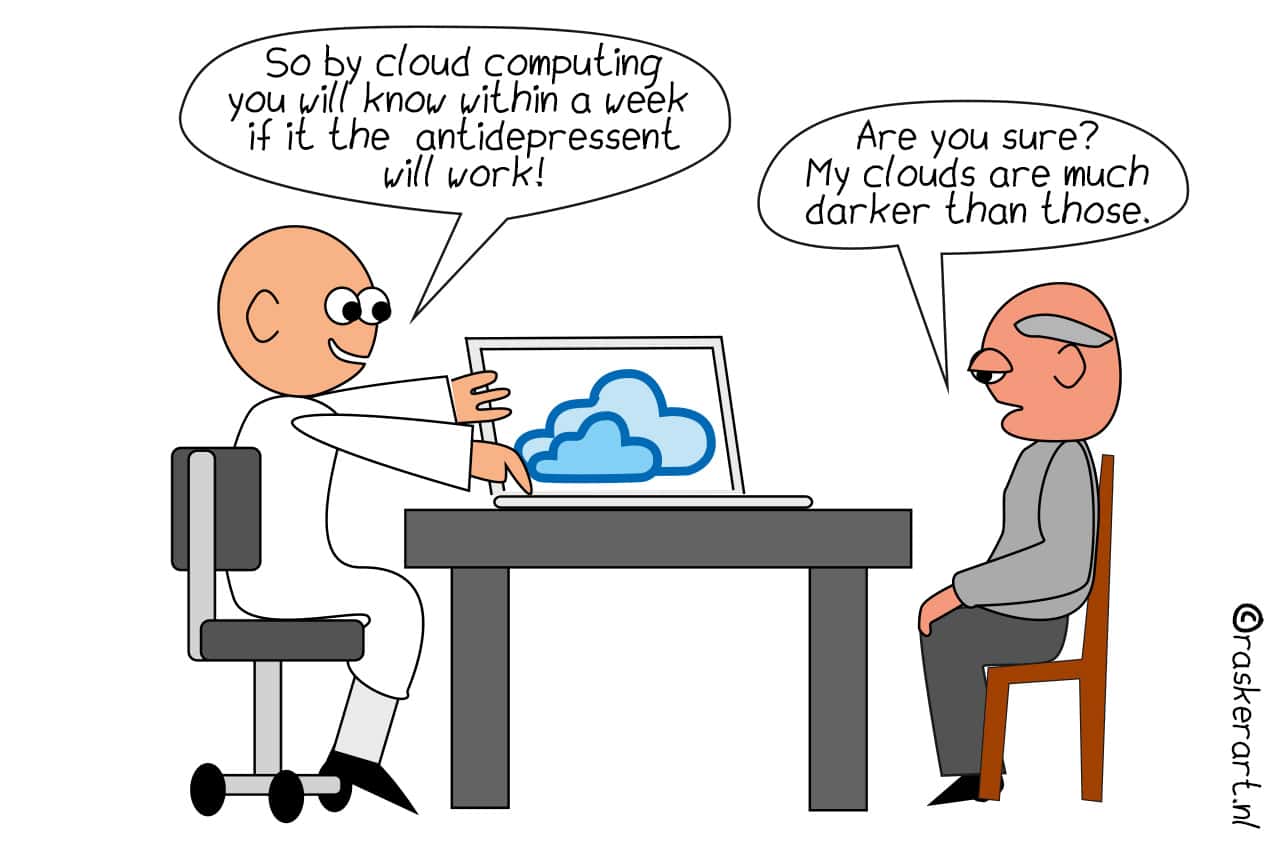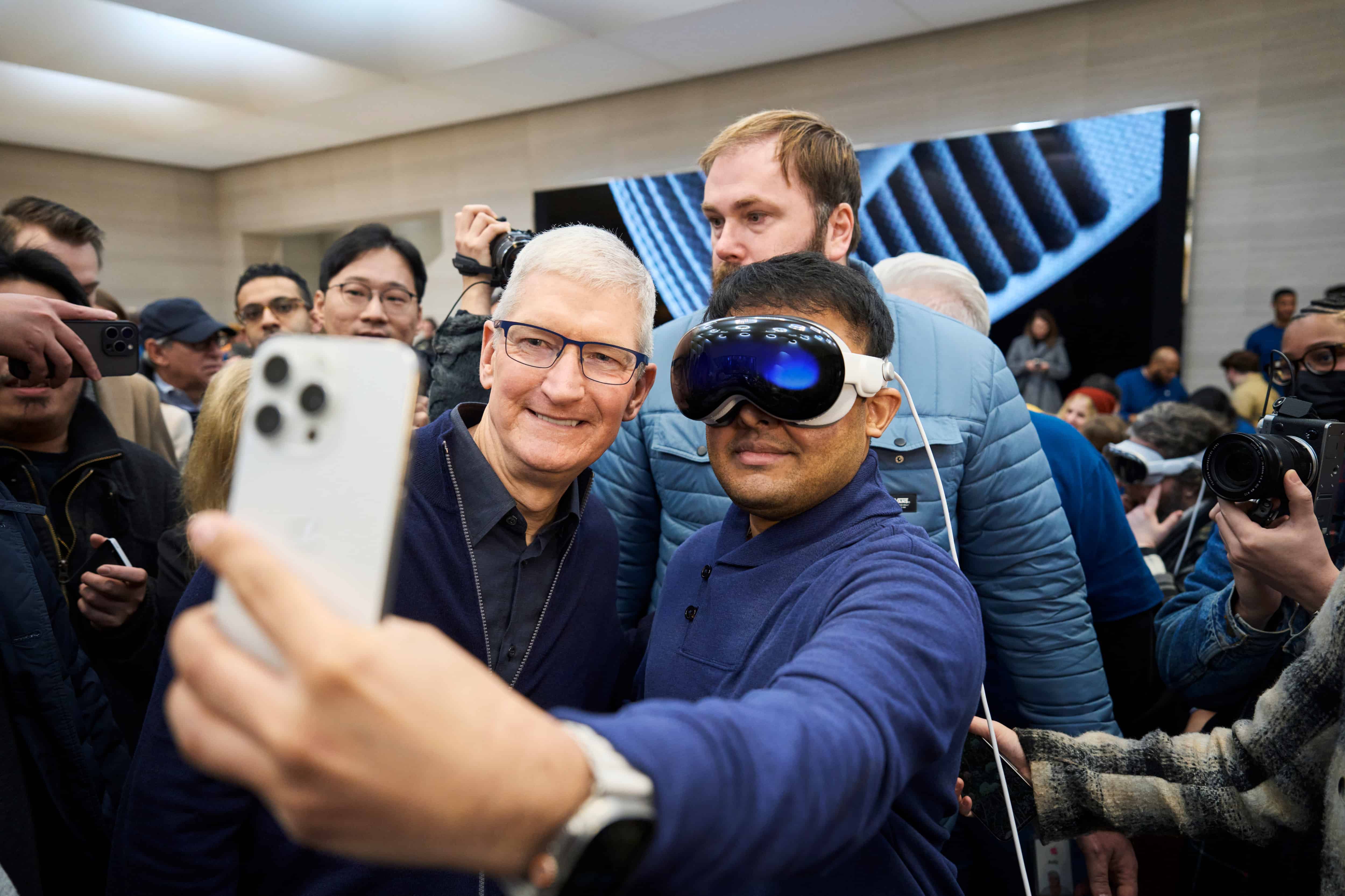
At long last, the time has come: Tonight at 7 pm Apple is expected to announce that the iPhone with a chip from the latest chip machine from ASML will go on sale in November. This chip is a true technological masterpiece from Veldhoven, that obscure little village under the shadow of the Dutch city of Eindhoven, They have achieved something no other tech company in the world can match.
China is not allowed to buy the machine because American president Donald Trump is afraid that the technology will be used for military purposes. This is frustrating for the Chinese, who lead the way when it comes to ultra-fast data communication via 5G and their telecom company Huawei. It may just be that Apple has outdone Huawei now that it is able to use chips from the latest ASML machine (which costs up to 100 million euros) for its iPhone.
The ASML machine, sold under the code name ‘NXE3400’, uses extreme ultraviolet light, (EUV for short), for the manufacture of the chip. EUV is a kind of light that cannot naturally exist on earth, according to spokesman Sander Hofman of ASML. The reason is that it is so fragile, that it is absorbed by the air immediately after it is created. It can be found in space though.
Vacuum space in chip machine
The light is created in a vacuum space inside the machine for this reason. It is created by shooting laser light onto a drop of tin. This causes it to evaporate. This evaporation then releases light of varying wavelengths, including extreme ultraviolet light, which has an extremely short wavelength of 13.5 nanometers.
The light is reflected via a series of super thin mirrors in the machine and shone through a mold. (A BBC article published yesterday wrongfully stated the EUV also passed a lens. This is not possible, Hofman explains, because the material of the lens would absorb the extreme ultraviolet light.) That mold is the blueprint for the circuits that are burnt onto the chip.
Chips are irradiated
How does that burning process work exactly? That is another complicated process. The chip is made of silicon. The machine applies a light-sensitive layer to it. The EUV light that shines on the layer through the mold subsequently burns the pattern of the circuits onto the chip.

How this works is shown in the image above. The purple beam is the EUV light. That light has been blasted through a mold until patterns in the light appear. (You cannot see that with the naked eye.) The disk is made of silicon covered with a light-sensitive layer on top. The small rectangular planes on the disk are all separate chips that are irradiated by the EUV beam.
One hundred layers for 8 billion circuits
The chip that comes with the iPhone 12 is made up of one hundred extremely thin layers with separate patterns (all of which are burned in with EUV) to run separate digital processes and commands.
In total, the chip has 8 billion circuits (transistors), which are activated electrically to transmit millions of zeros and ones. Because the chips of the NXE3400 are so extremely sophisticated, the amount of current that flows through them that activates them is much lower than in chips made with other types of chip machines.
An article published yesterday by the British BBC broadcasting station states that the chip in the new iPhone makes it possible to process enormous amounts of data that have until now reached the phone via the Cloud.
Less dependent on energy-guzzling data centers
This means that you can, for example, record and edit films on your phone because it can handle huge files and the processing power is extremely high. You no longer even need files from a virtual network to do this.
That is also good news. After all, data traffic via the Cloud – and consequently data centers – uses more than a hundred thousand times the amount of energy required for data processing on the device itself.








